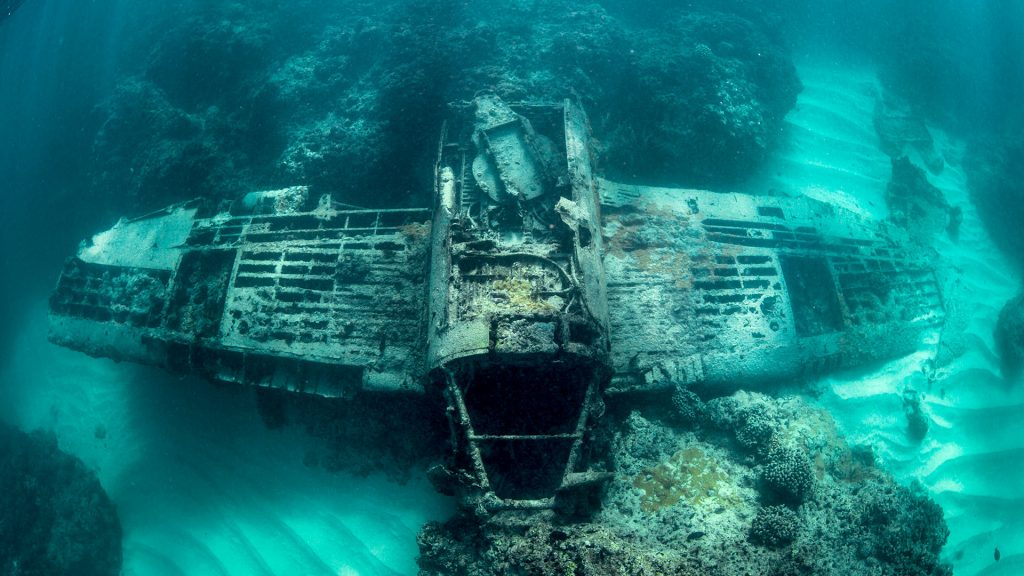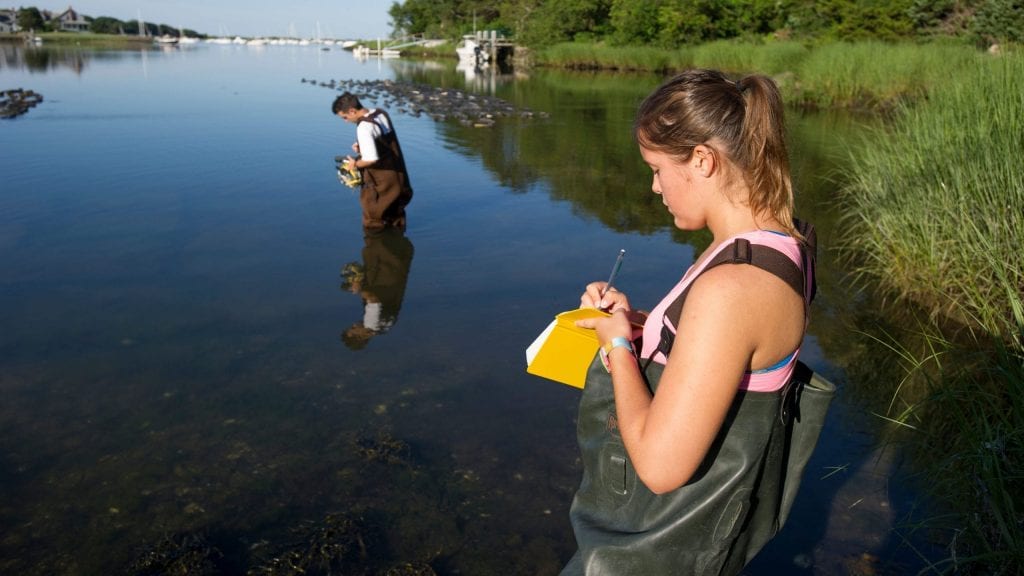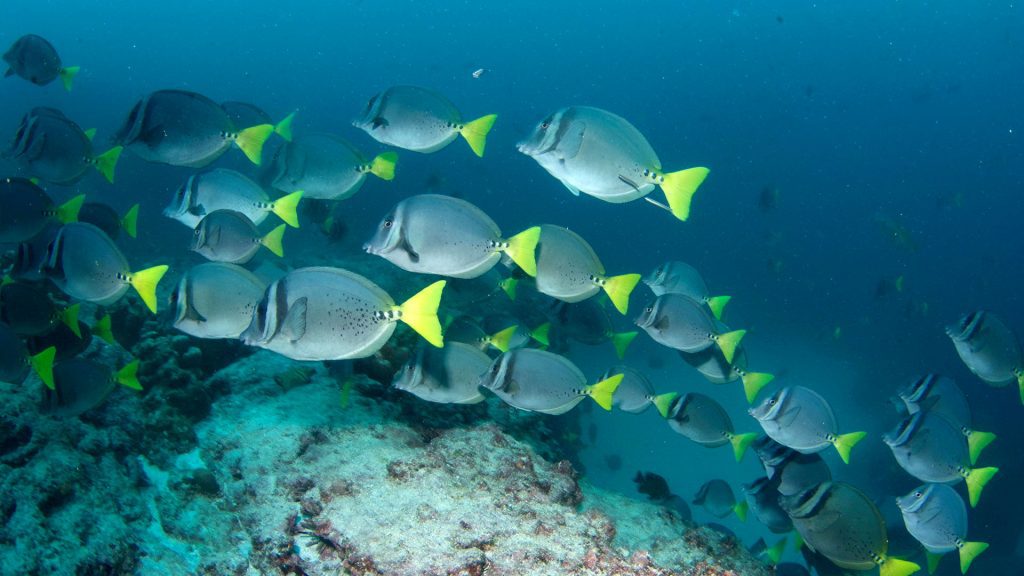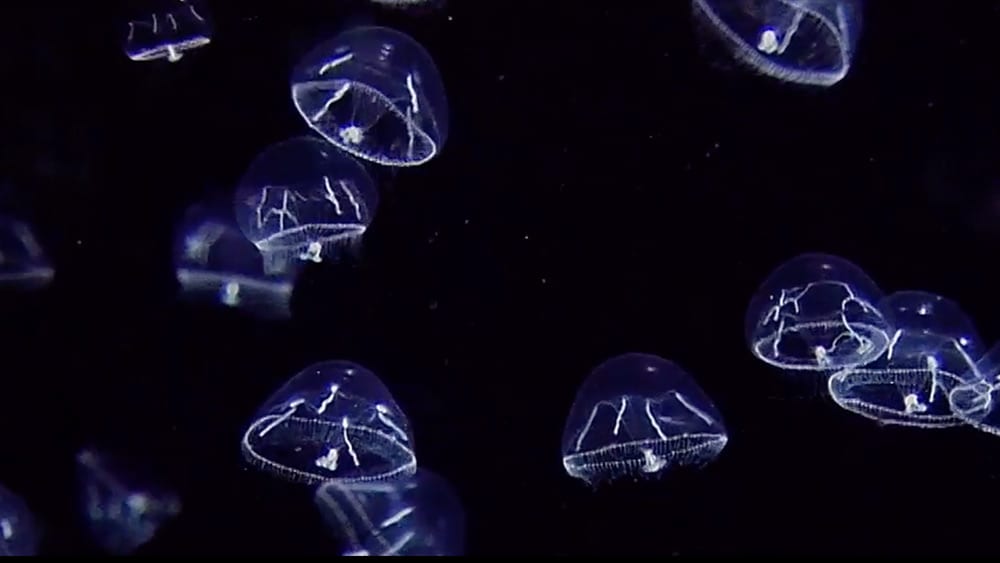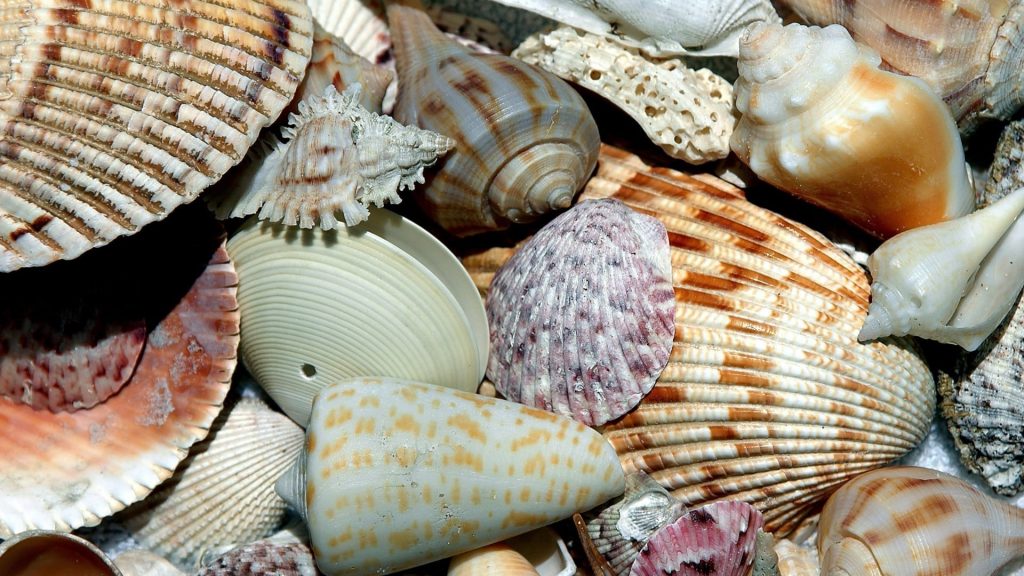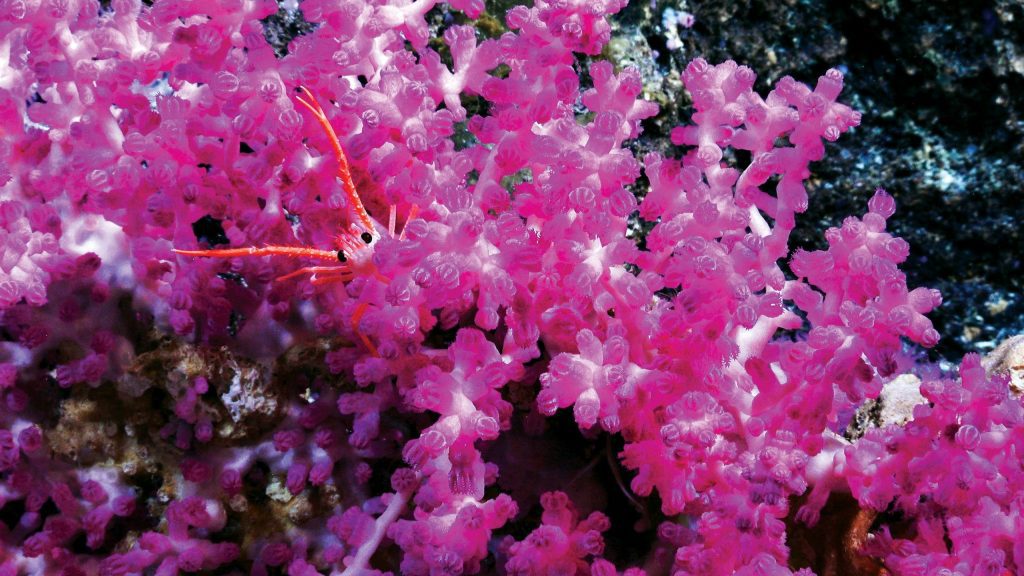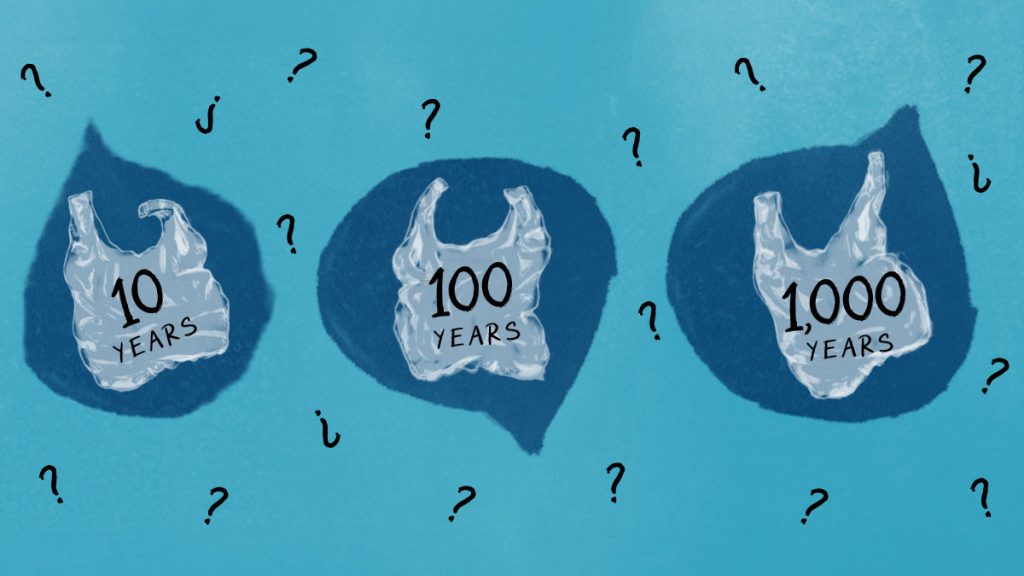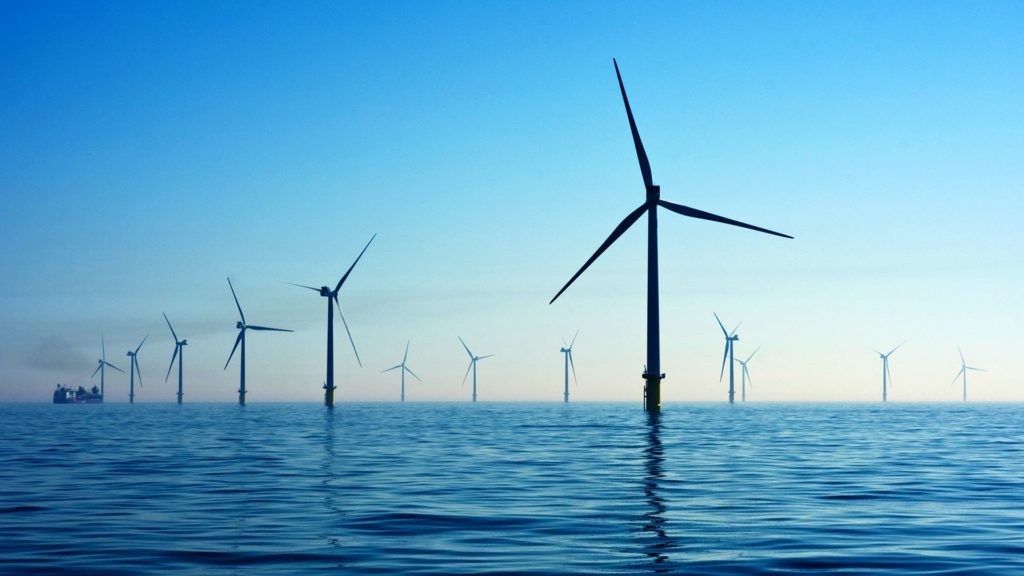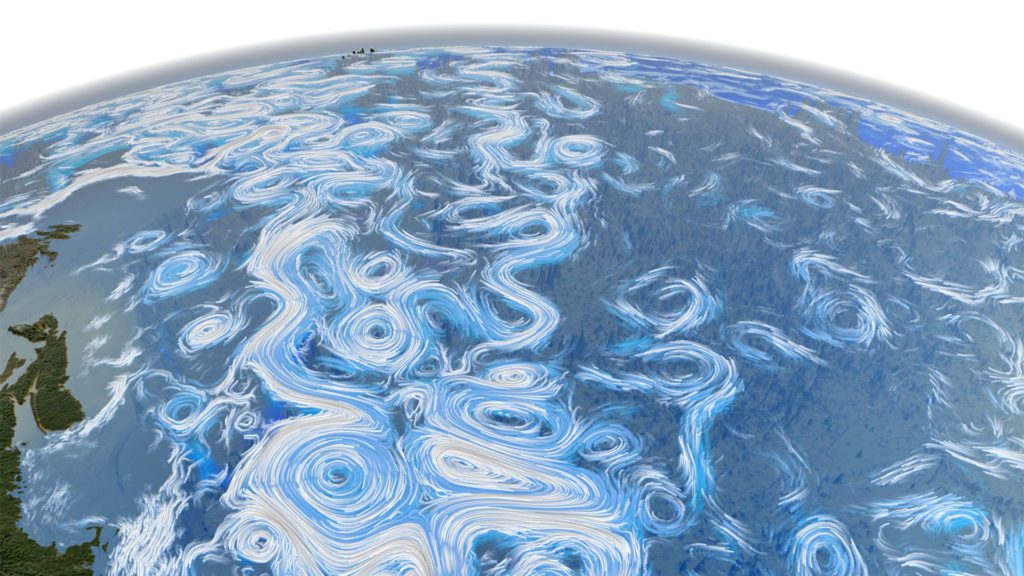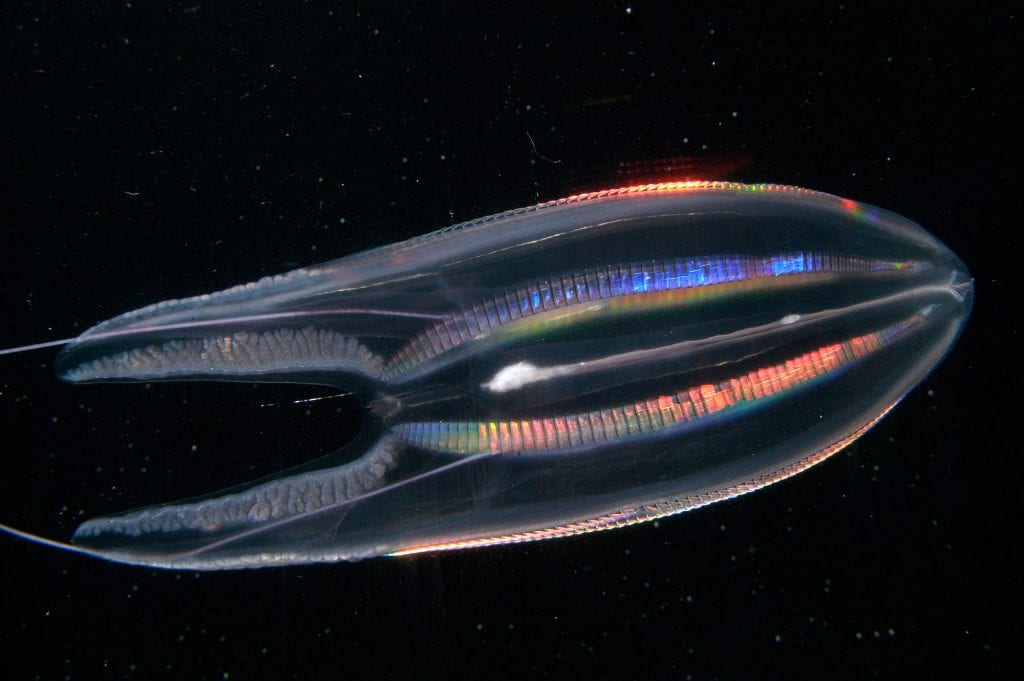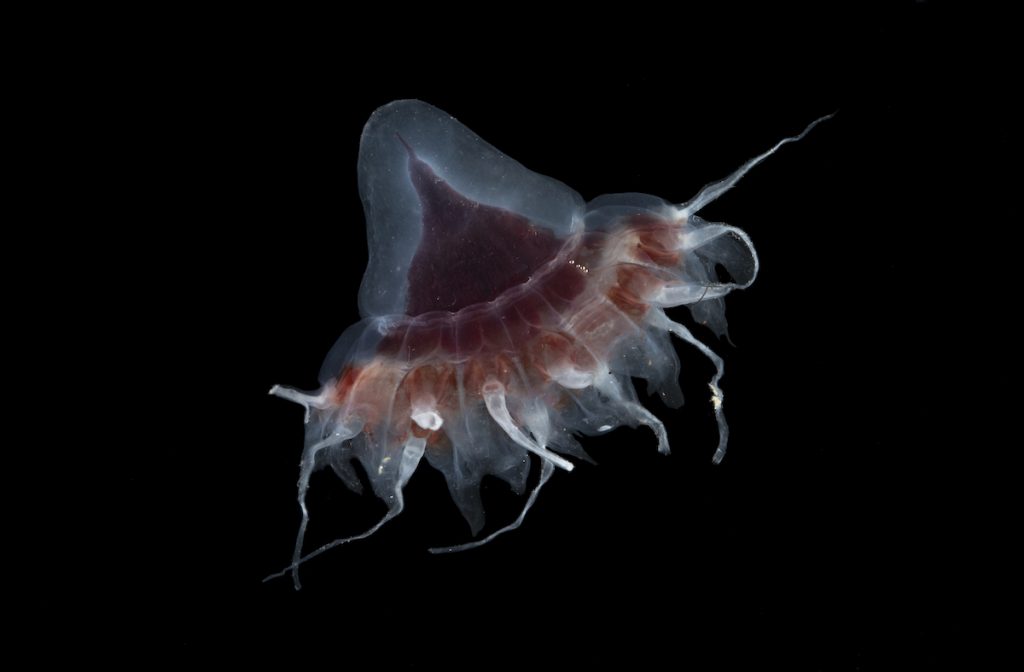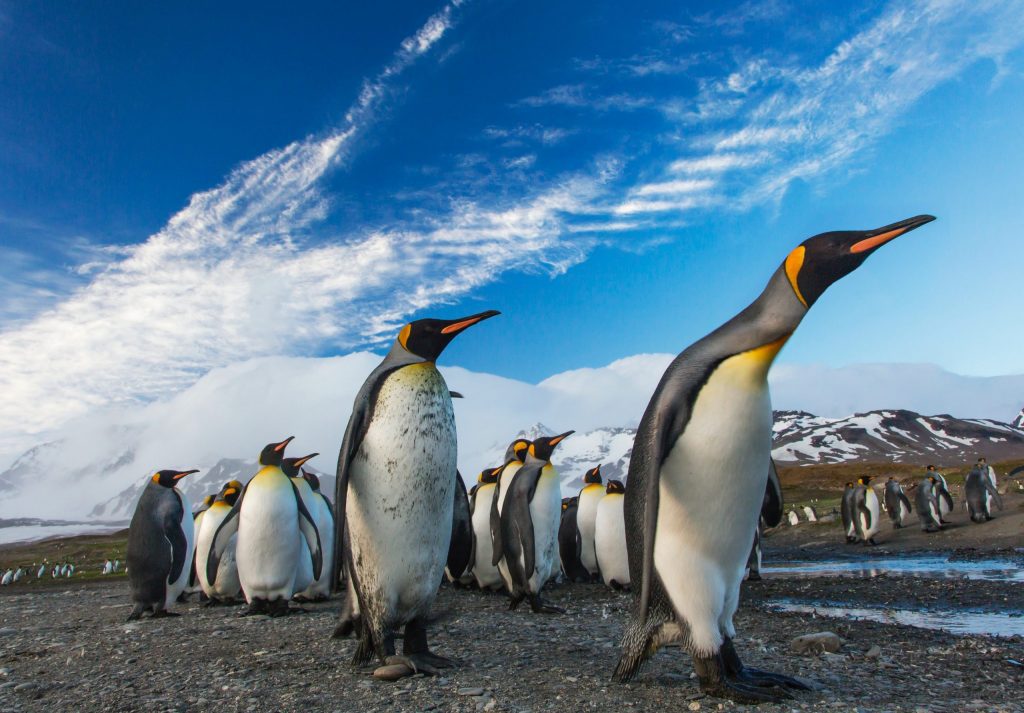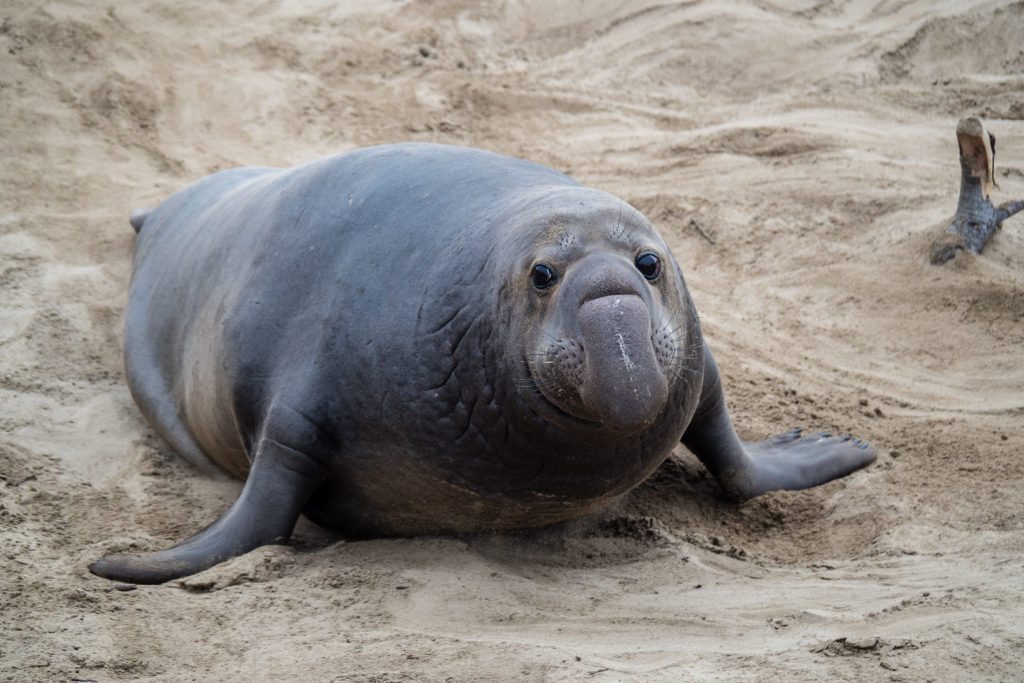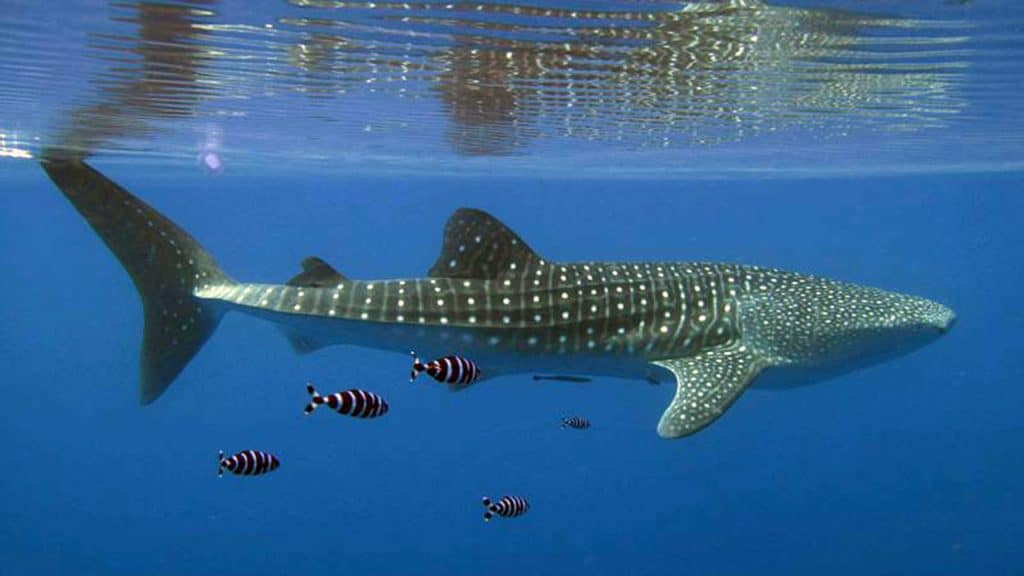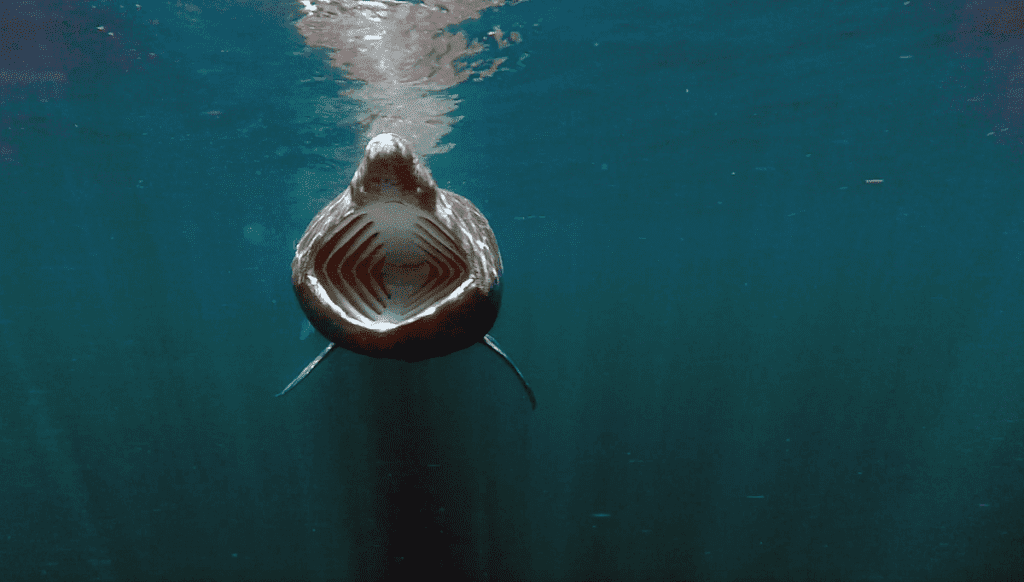Did You Know
Dive in and find answers to your deepest ocean questions. Why is the ocean blue? What causes ocean waves? How do I become and oceanographer? Get the facts and increase your ocean knowledge.
How do wrecks impact marine life?
Millions of shipwrecks provide habitat for marine life, though impacts vary by material, depth, and pollution. Artificial reefs offer safer, intentional habitats.
How do I become an oceanographer?
Like all scientists, oceanographers are curious. Students who are curious about all things ocean might make great oceanographers. So how do you become one?
How do fish swim in schools?
Fish swim in schools to help them evade hungry predators, spot rich feeding areas, and find mates. But how do thousands of fish move together as fluidly as dancers?
How does bioluminescence work?
Deep in the ocean there’s very little sunlight. But if you could swim down there, it would look a bit like the night sky. Why is this?
How are seashells made?
One of the most striking features of our beaches is seashells. Their whorls, curves, and shiny iridescent insides are the remains of animals. But where do they come from?
Why are corals so colorful
One of the most striking things about coral is its bright coloring. But many are a dull green or brown. So, what gives some corals their bright hues?
How do marine animals hear?
Sound travels faster and farther in water than air, helping marine animals like whales, corals, and crabs navigate, communicate, and survive by detecting and responding to underwater acoustic signals.
Can probiotics make coral reefs healthier?
Just as humans use probiotics to prevent sickness and promote better health, the Reef Solutions team at WHOI is trying to determine if a naturally-occurring probiotic in the ocean—a bacteria known as Synechococcus—can offer similar benefits to corals.
Why is the ocean vital for our survival?
Without the ocean, life as we know it wouldn’t be possible.
How do manatees stay hydrated?
Marine mammals need to hydrate—even in the saltiest of seas. Here’s how manatees stay fresh wherever they go.
What happens in the ocean as a hurricane passes over?
Hurricanes are powerful storms that cause massive damage on land. Here’s a look at what happens below the surface during a storm.
What is a marine heatwave?
From waning winds to warmer atmospheres, here is the recipe for sudden temperature spikes in our ocean
Why do emperor penguins toboggan?
Learn why Emperor penguins slide around on their bellies or “toboggan” when they’re on the move in Antarctica.
Ocean Fact Checkers
The ocean plays a central-yet underappreciated-role in global climate and regional weather patterns, including droughts, rainstorms, and hurricanes.
Does plastic last for thousands of years in the environment?
Plastic pollution is a serious-and growing-environmental problem, with millions of tons of bags, bottles, fishing gear and more piling up on land and floating out to sea.
Creature Features
The ocean plays a central-yet underappreciated-role in global climate and regional weather patterns, including droughts, rainstorms, and hurricanes.
Creature Feature: Giant Ostracod
Although their name makes them sound huge, the largest species of giant ostracod only measures about an inch long. Size is relative, however: that’s more than 30 times the size of average ostracods.
Creature Feature: Glass squid
Glass squid spend their lives going with the flow. Literally. Filled with ammonium chloride, a solution that’s lighter than seawater, they float effortlessly through the ocean in search of mates and food.
Creature Feature: Dragonfish
Dragonfish aren’t actually dragons, but with a slender, luminous barbel hanging from their chins and glowing blue-green lights covering their bodies, this species is downright otherworldly.
Creature Feature: Lancetfish
Piercing the darkness of the twilight zone, the aptly-named lancetfish stops at nothing in pursuit of its target. Measuring up to two meters (6.6 feet) in length, lancetfish are some of the biggest creatures in the twilight zone.
Creature Feature: Elongated Bristlemouth
With its needle-like fangs and long lower jaw, the elongated bristlemouth lives up to its name. Flexibility may be the key to this deep-sea fish’s success.
Creature Feature: Black Swallower
In the ocean twilight zone, the ability to swallow more than you can chew is a matter of survival. But the black swallower takes the cake—or rather, the fish.
Creature Feature: Bean’s bigscale
Very little is known about this bigscale or “ridgehead” fish.
